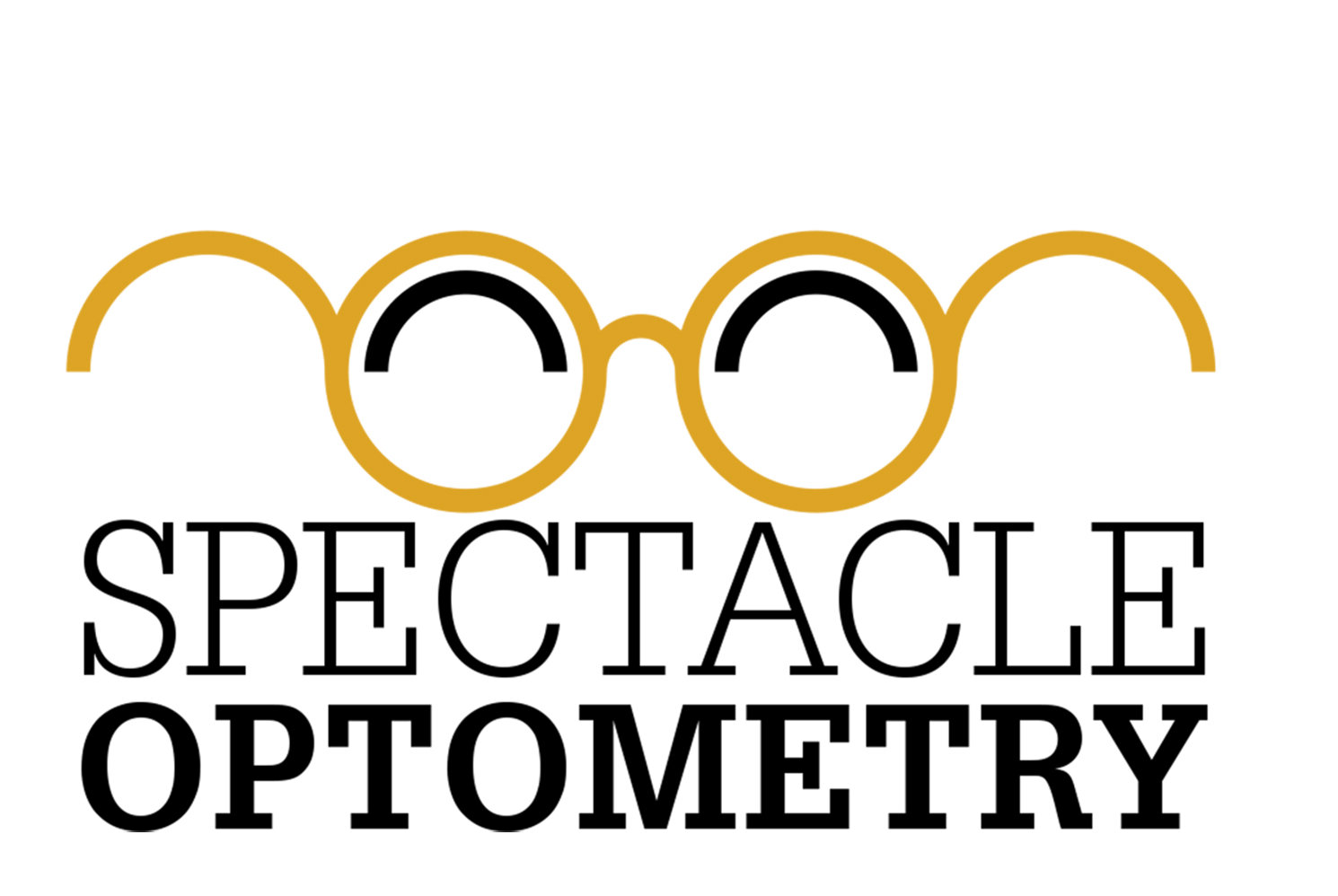THE FACTS ABOUT EYE MYTHS
There are so many myths about the eyes out there that are just that: NOT TRUE! It can be hard to know what is accurate and what is just made up, especially in this day and age of Googling just about everything. Don’t worry, we are here for you! We are straightening out some of those myths we hear most often and pointing out the facts of where those myths may have stemmed from.
MYTH #1: Reading in the dark is bad for your eyes.
FACT #1: Too much up close reading without breaks can cause changes to your glasses prescription.
How many times have you heard this from your mom when you were a kid reading in the dark or under the sheets when you were supposed to be sleeping?! We get this one a lot, but it’s not completely accurate. Yes, good overhead lighting is always helpful, but it is not necessarily damaging without it. What is harmful, is the excessive reading up close and often holding things too close. Our eye muscles are just like other muscles in the body, they need a break during workouts! Our eyes work overtime throughout the day to help us to read and function. We recommend eyes breaks every 20-30 mins. This can simply mean looking down the hall, maybe grabbing some tear drops, or getting up to do something completely different for a few minutes. That quick break can mean a world of a difference for our eyes and help them get more relaxed. By holding your reading material closer, you’re also making those eye muscles work extra to see the image clearer. We recommend a comfortable arm bend away for paperwork or reading materials and a full outstretched arm for your computers. The more repeated strain on the eye muscles, whether that means no breaks or material that is too close, the more myopic (or minus) your prescription can become.
MYTH #2: You have a lazy eye when it is turned a different direction.
Fact #2: The term lazy eye means one eye has reduced vision from abnormal visual development early in life. This can be associated with or without an eye turn.
We have patients who often will say they have a lazy eye. However, that may not be accurate. First of all, most patients have one eye that will see better than the other slightly. This is from the brain choosing a favorite and making it crisp and clear, while the other eye seems hazier. In this instance, our doctors are still able to get both eyes to see 20/20. In the cases of a lazy eye, also known as amblyopia, it is a developmental issue where one eye will never see as clearly with or without glasses and our doctors will not be able to get the poorer seeing eye to 20/20. It just can’t be done. Amblyopia can also occur with an eye turn that we call strabismus, where one eye is constantly facing in, out, or alternating between both eyes facing in or out. However, the eye turn can also be seen without reduced vision, so the eye turn itself is not the same as amblyopia, or lazy eye. Rather confusing, we know! But really, lazy eye is never the most descriptive word for what may be going on with your eyes.
Myth #3: The more you wear glasses, the worse your vision will become.
Fact #3: The more you wear your glasses, the more you like to see clearly and want to wear your glasses.
Most patients fall for this one, unfortunately! But it’s just not the case. Your eyes will not become dependent or weaker because you wear glasses. The truth is pretty simple actually. We all like to see our very best, so the more that you realize you can see clearly with your glasses, the more you’ll just want to wear them to see sharper! Most likely, whatever habits were causing your vision to change… too much computer time, lots of reading up close without breaks, etc… is not going to change though. So if your vision continues to get worse, it is not because you are wearing your glasses but because you need to change how you use your eyes.
Myth #4: Color blindness is a typical aging change for your eyes.
Fact #4: Cataracts are a normal aging change for your eyes and sometimes cataract progression can make colors duller or more yellow. After the cataracts are removed, colors will seem vibrant again.
Cataracts are simply the clouding of the lens inside your eyes. Basically, we outlive our eyes nowadays, so cataracts are a normal change that will occur usually starting around age 60, give or take. Think of headlights on your car that get cloudy over time. The lights just don’t seem as bright or maybe they are more yellow in color. Give them a good buff, and like magic, they’re crystal clear again! Similar with our eyes and cataracts. Once the cataracts are removed, colors will seem more vibrant and bright again. However, color vision changes where you can no longer see a specific color is not a normal aging change and should be evaluated right away.
Well, there you have it.. We debunked some of the most common myths we hear from patients. Hopefully the next time someone you know mentions any of these misconceptions, you’ll be able to set them straight! Let us know in the comments or message us if you know of any other common eye “facts” that you’ve frequently heard. We’d love to explain them for you!



